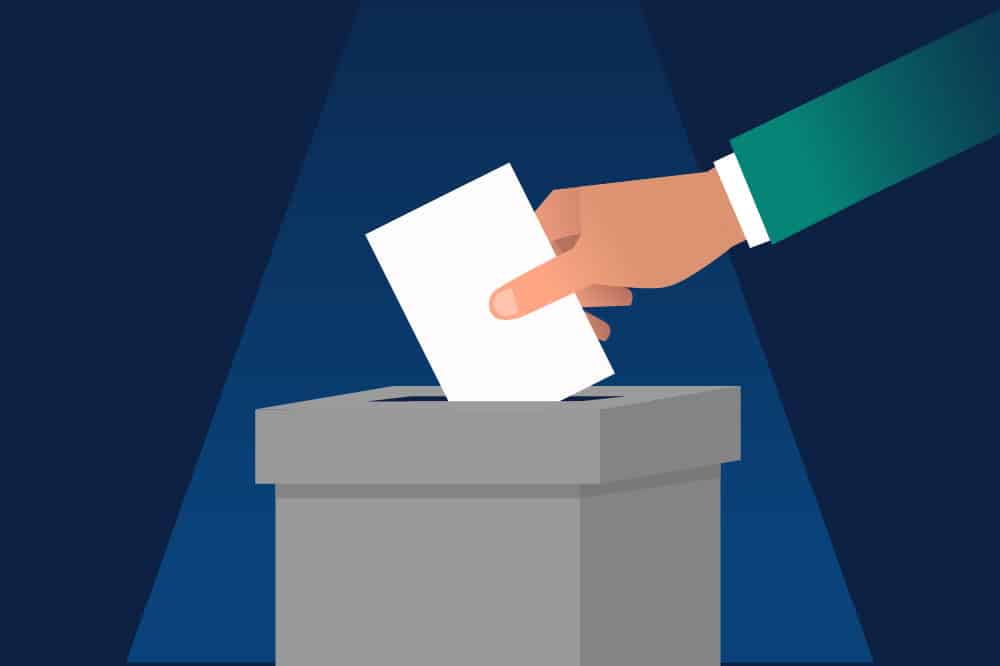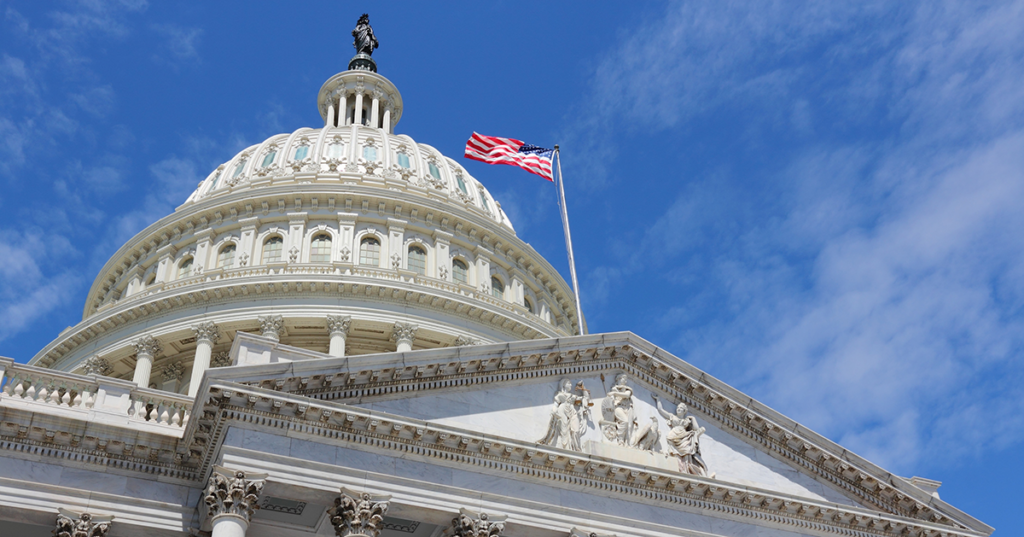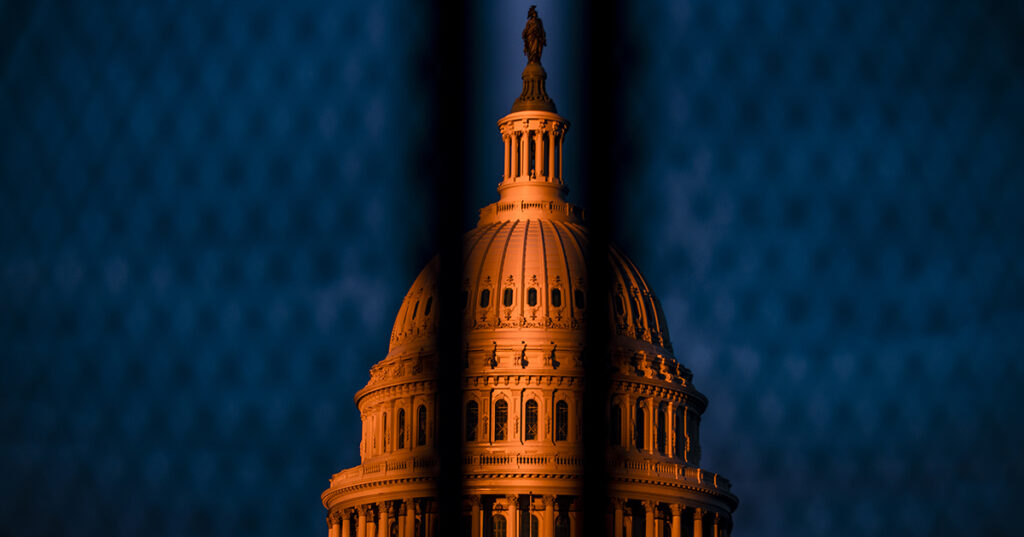Swing State Voters Want Harris and Trump to Give Detailed Plans for Shoring Up Social Security
The majority of voters in key battleground states say it’s important for presidential candidates to have a plan to prevent automatic cuts to Social Security.
Read MoreSolutions for Medicare Sustainability
Seven leading policy organizations put forward proposals to strengthen Medicare’s fiscal outlook while maintaining quality of care.
Read MoreHealthcare Spending Will be One-Fifth of the Economy within a Decade
Healthcare spending in the United States is rising, with serious implications for the federal budget.
Read MoreUnderstanding the Federal Budget
The federal budget is more than just a set of numbers. Learn about revenues, spending, and the budget process.
Read MoreWhat Is SNAP? An Overview of the Largest Federal Anti-Hunger Program
SNAP is the largest federal program aimed at combating hunger and food insecurity among low-income Americans.
Read MoreWhat Is the Carried Interest Loophole, and Why Is It So Difficult to Close?
The treatment of carried interest continues to be one of the most controversial elements of the U.S. tax code.
Read MoreA Brief History of U.S. Government Shutdowns
Because government shutdowns are unique to the U.S., it is helpful to understand their history, why they occur here, and how peer countries avoid them.
Read MoreWithout Reform, Social Security Could Become Depleted Within the Next Decade
As the largest program in the federal budget, Social Security is a critical part of our nation’s fiscal picture and vital to millions of elderly recipients.
Read MoreHow Does the Capital Gains Tax Work Now, and What Are Some Proposed Reforms?
While the capital gains tax affects anyone selling a capital asset, higher-income individuals are typically subject to the tax more so than average Americans.
Read MoreBudget Basics: Federal Trust Funds
Federal trust funds bear little resemblance to their private-sector counterparts.
Read More








